Archive
Ernest Nash
- Ernest
- Nash
Ernst Nathan
- 14-09-1898
- Potsdam (DE)
- 18-05-1974
- Roma (IT)
- PhotographerArchaeologistLawyer
Ernest Nash was a German born photographer, who pursued his photographic as well as an archeologic interest in Roman architecture after his emigration to New York in 1939. Besides this research interest, he also worked as a portrait photographer and publisher.
Word Count: 40

Portrait of Ernest Nash, Neapel, 3/4 march 1939 (© Bildarchiv Ernest Nash, Goethe-Universität, Frankfurt am Main). 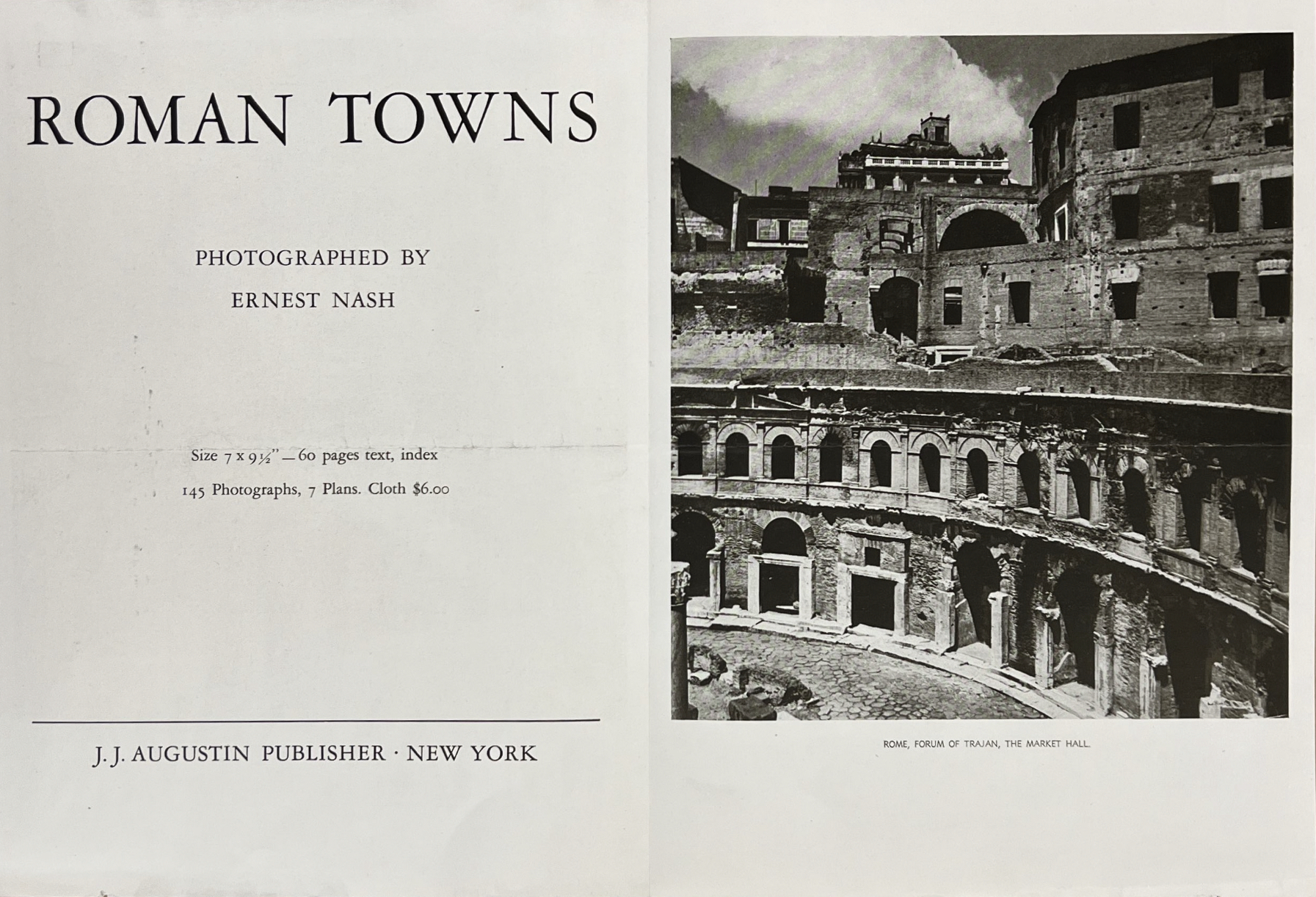
Announcement of Roman Towns by Ernest Nash (J.J. Augustin, 1944). 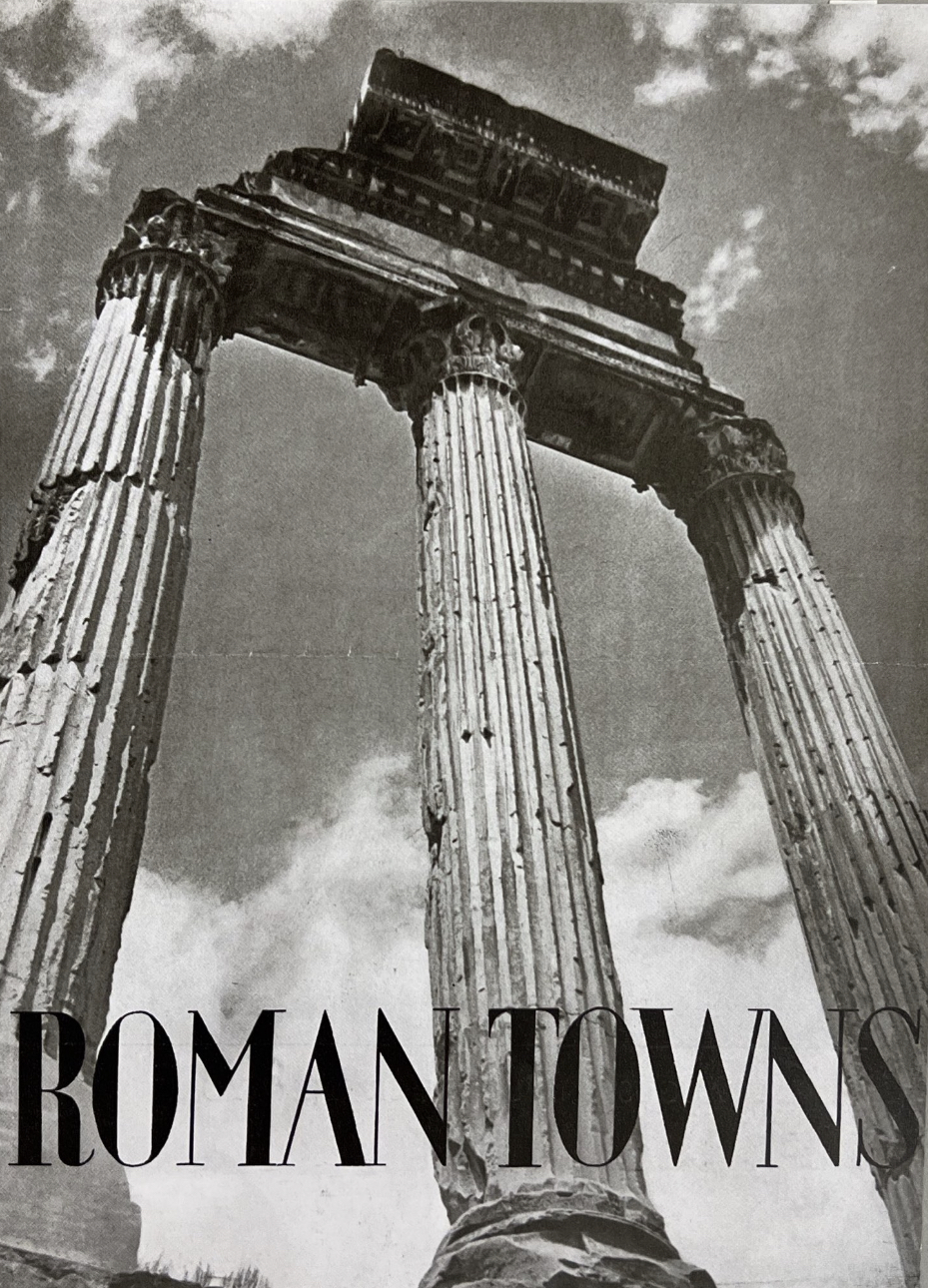
Announcement of Roman Towns by Ernest Nash (J.J. Augustin, 1944). 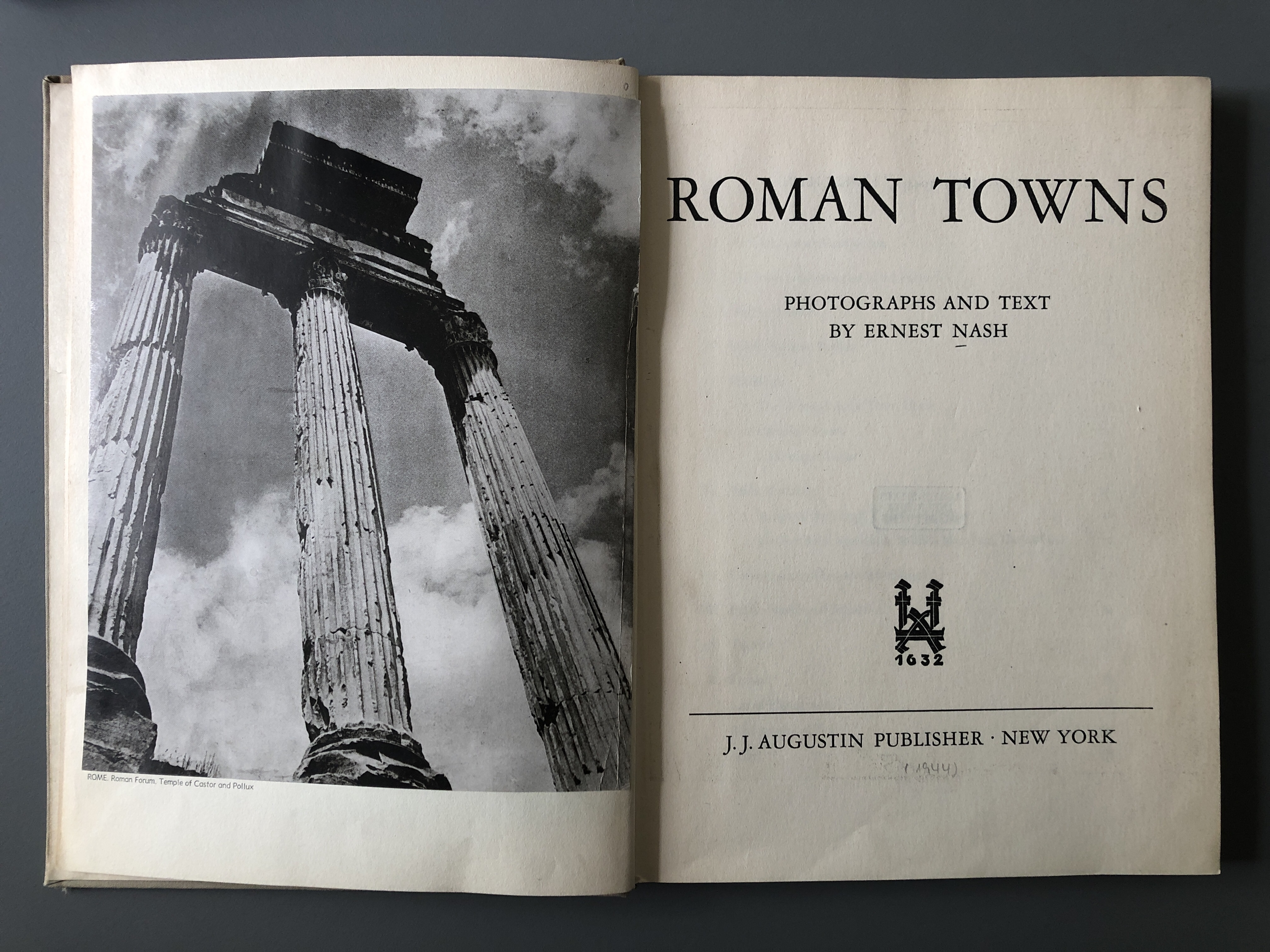
First page of Roman Towns by Ernest Nash, J.J. Augustin, 1944 (Photo: Helene Roth). 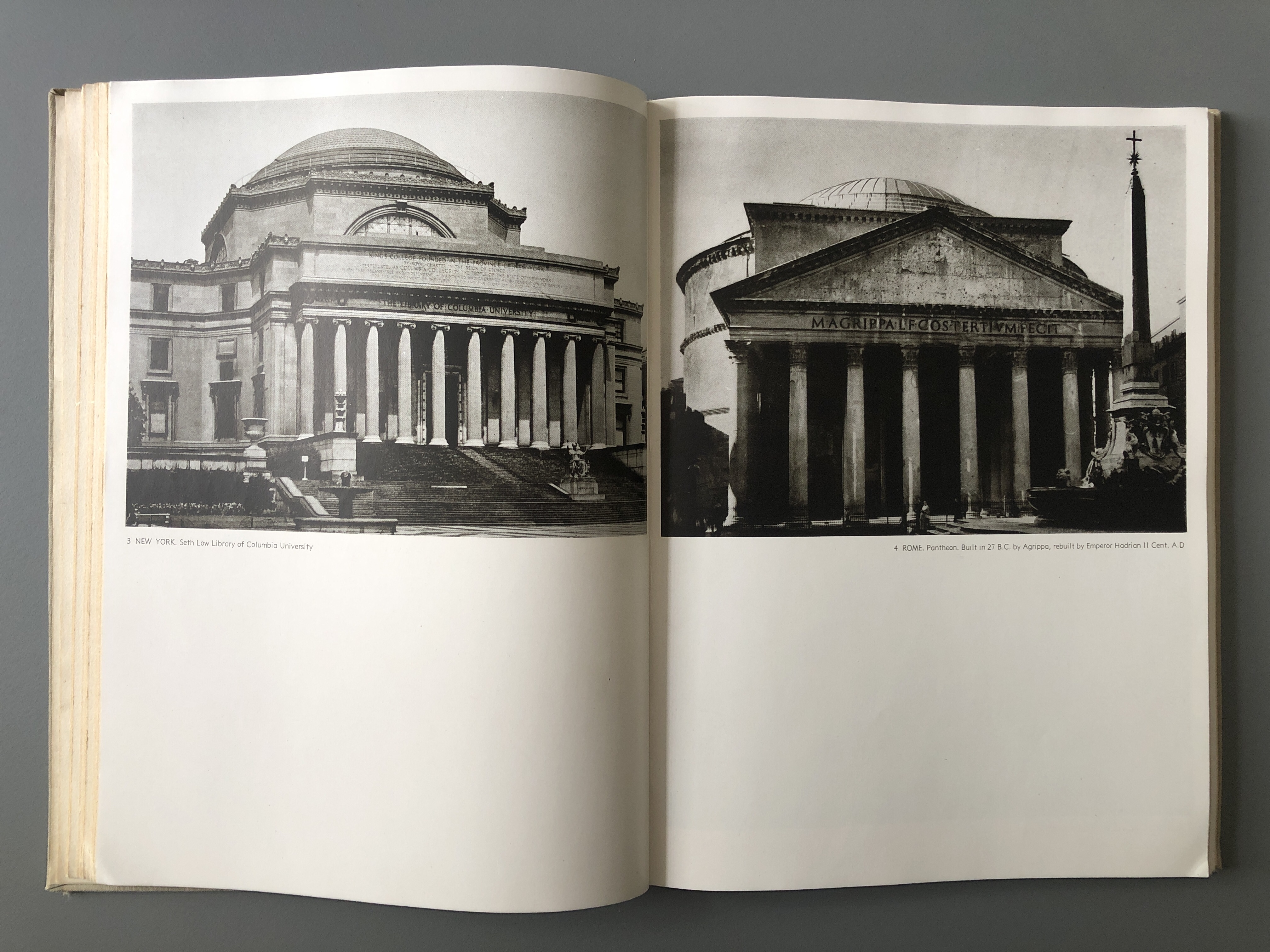
Page of Roman Towns by Ernest Nash, J.J. Augustin, 1944. Left side: New York, Columbia University. Right side: Rome, Pantheon (Photo: Helene Roth). 
Page of Roman Towns by Ernest Nash, J.J. Augustin, 1944. Left side: New York, U.S. Sub-Treasury Building. Right side: Paestum, Temple of Neptune (Photo: Helene Roth). 
Ernest Nash, New York, Washington Square, 1939 (© Bildarchiv Ernest Nash, Goethe-Universität, Frankfurt am Main). 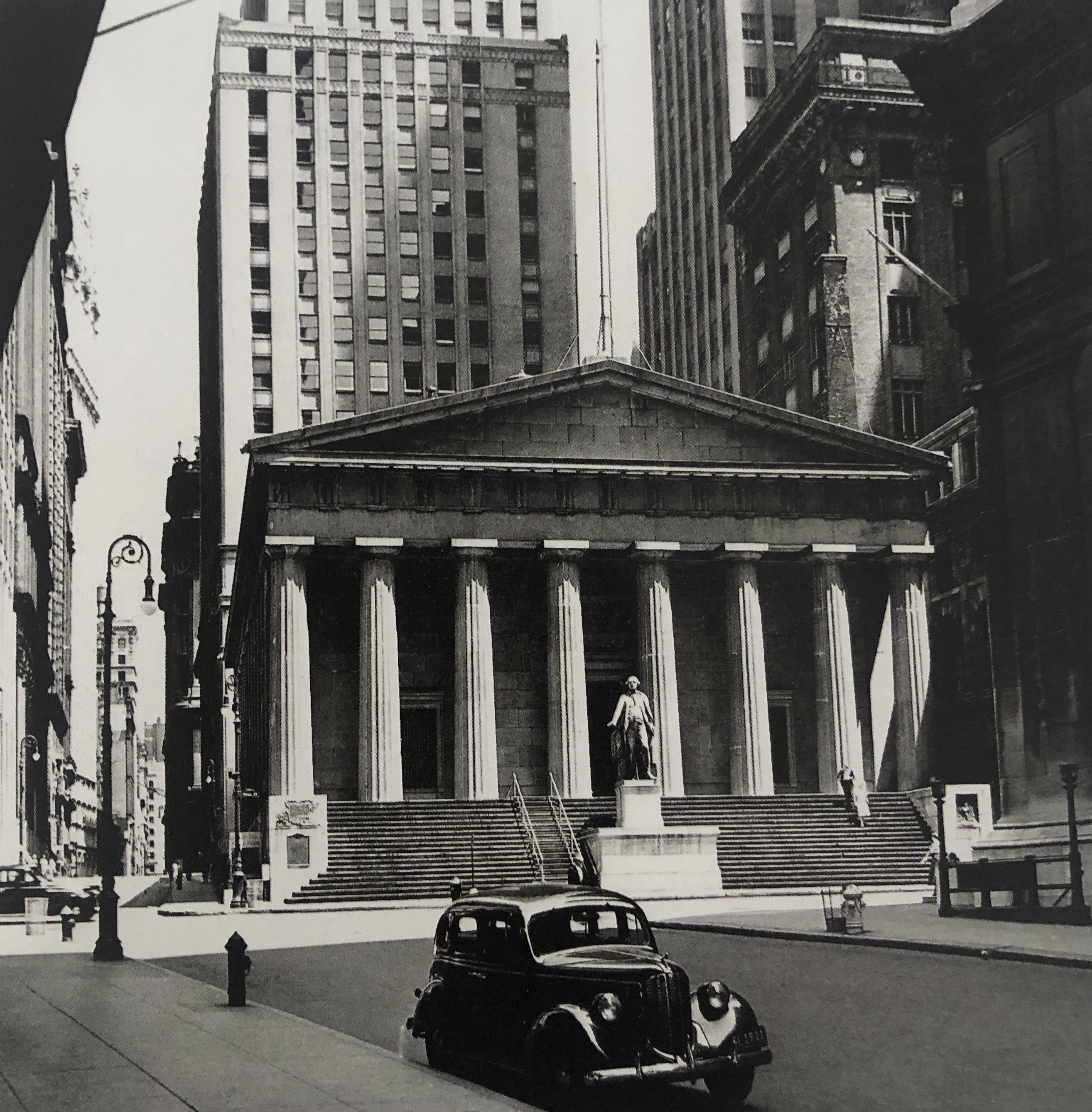
Ernest Nash, New York, United States Subtreasury Building, 1939 (© Bildarchiv Ernest Nash, Goethe-Universität, Frankfurt am Main). 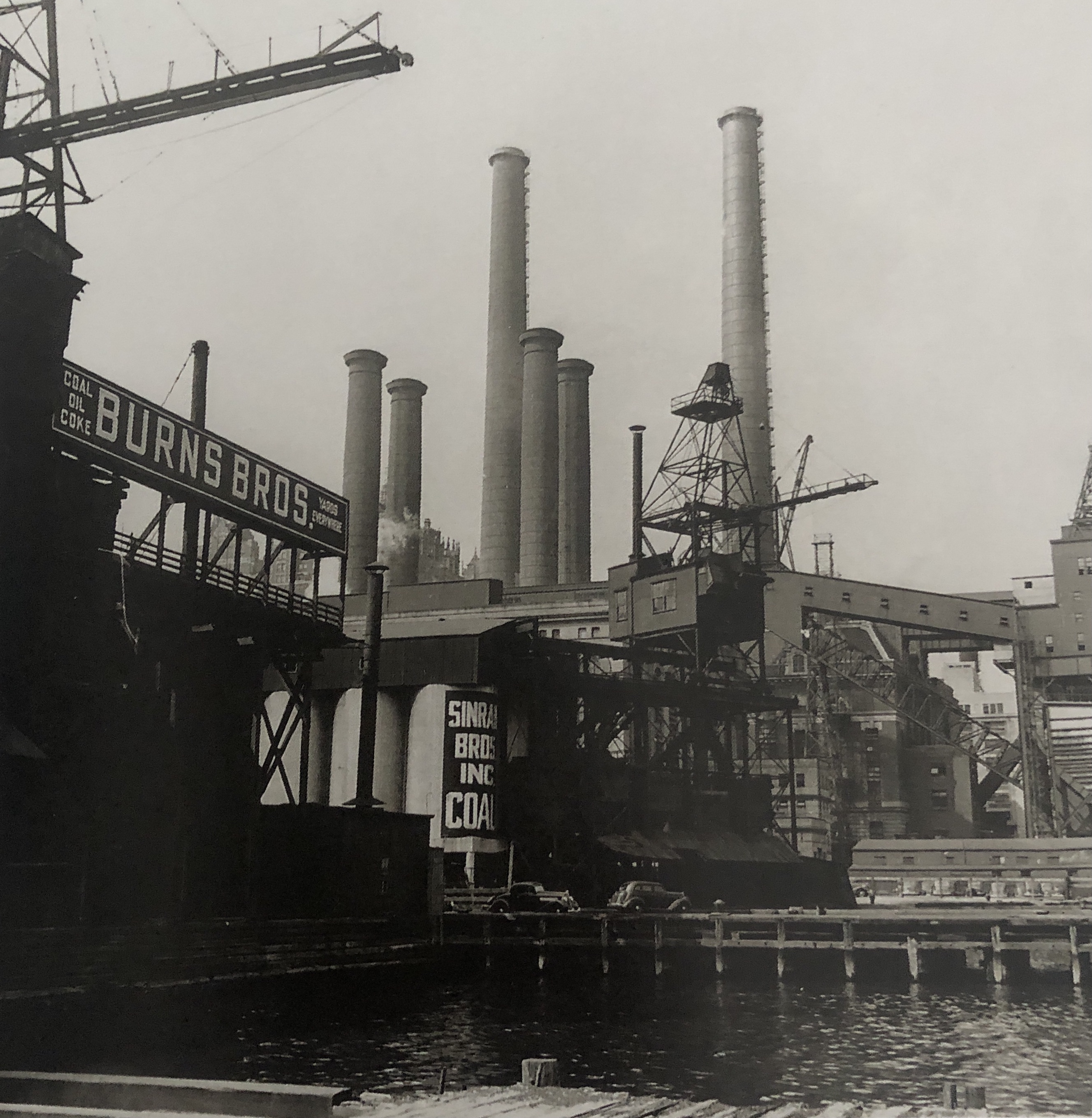
Ernest Nash, Burns Bros on the East River, New York, 1939 (© Bildarchiv Ernest Nash, Goethe-Universität, Frankfurt am Main). 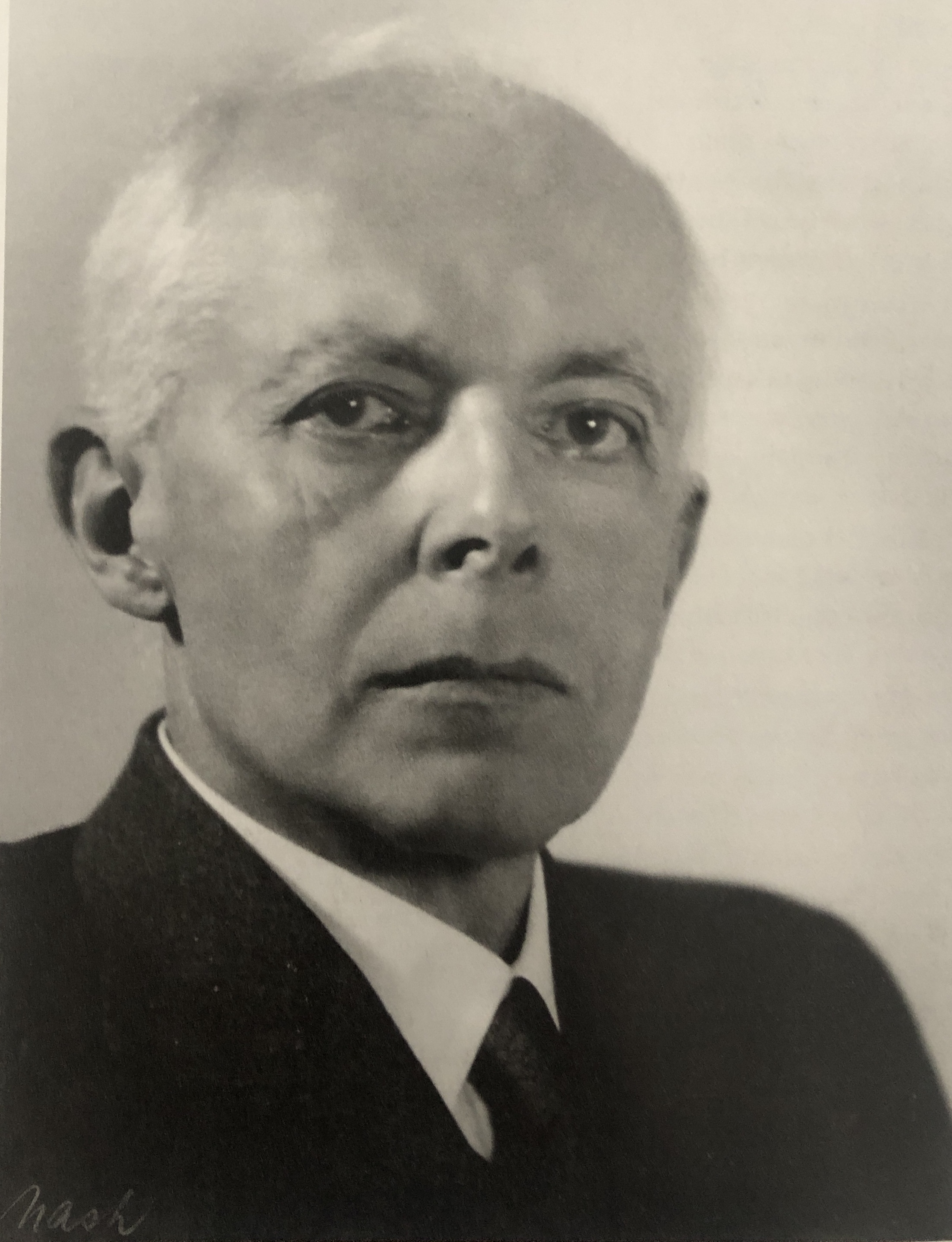
Ernest Nash, Portrait of Béla Bartók, New York, between late 1940 and 1945 (© Bildarchiv Ernest Nash, Goethe-Universität, Frankfurt am Main). 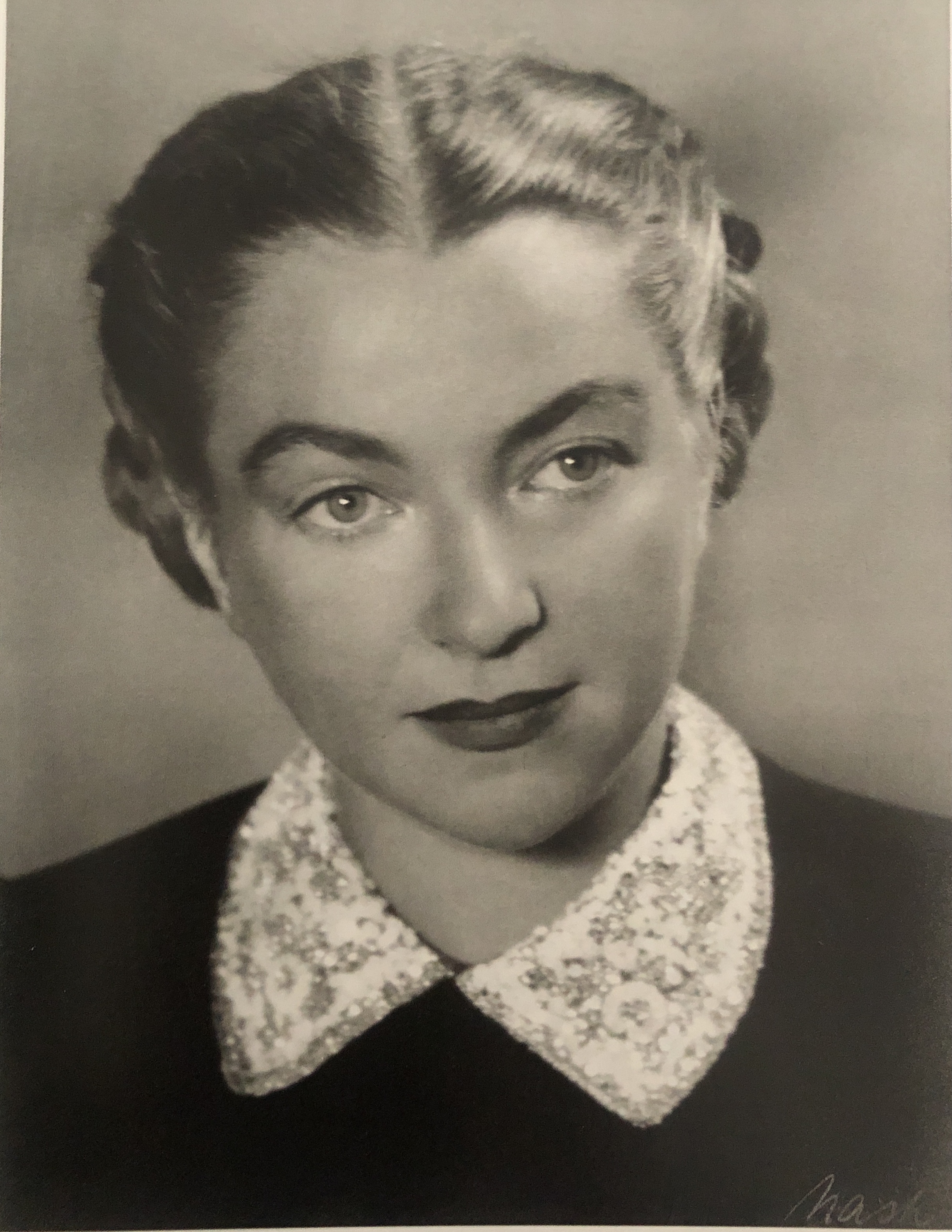
Ernest Nash, Portrait of Ditta Bartók-Pásztory, New York, between late 1940 and 1945 (© Bildarchiv Ernest Nash, Goethe-Universität, Frankfurt am Main). 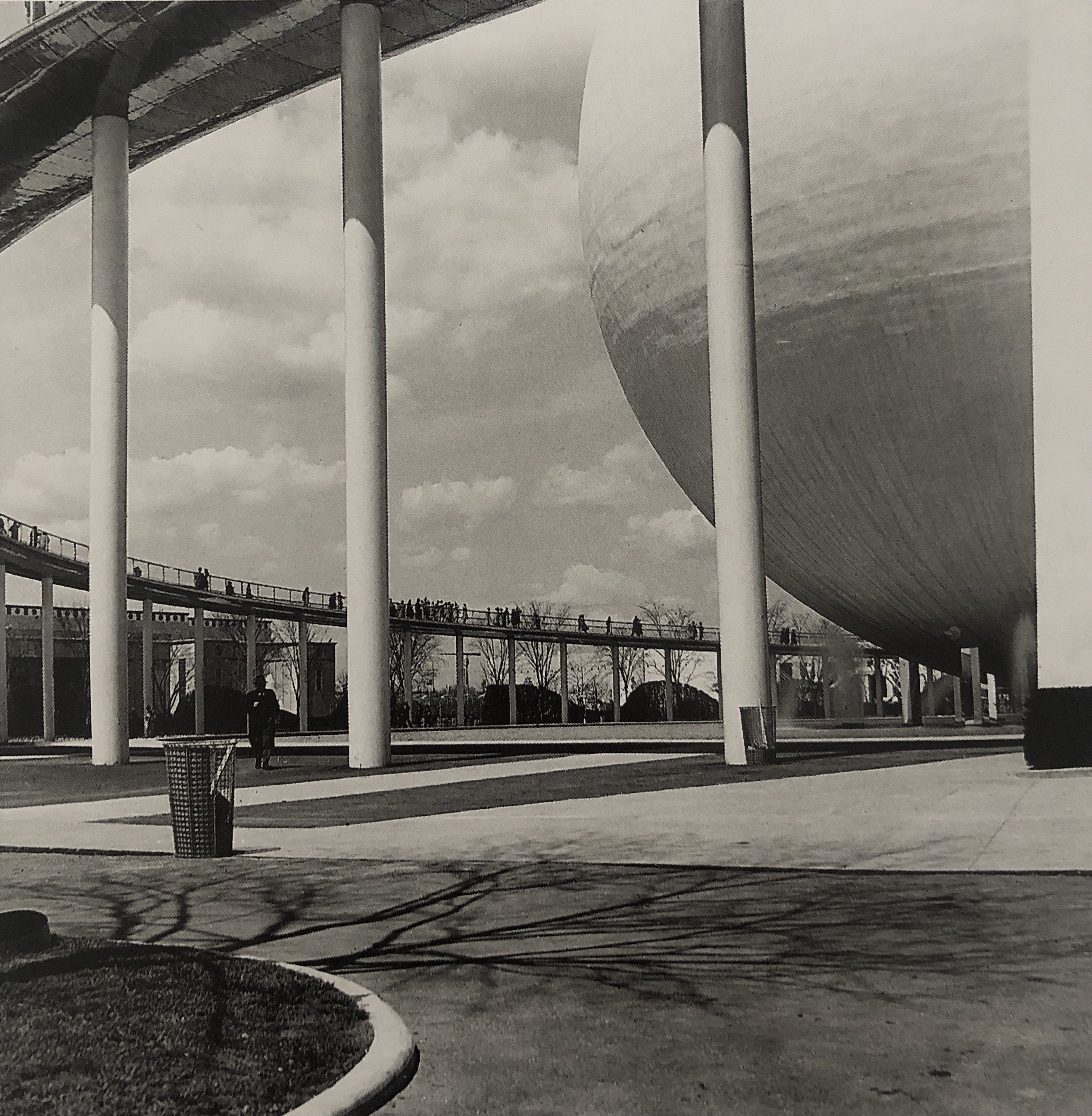
Ernest Nash, New York World’s Fair 1939, Perisphere (© Bildarchiv Ernest Nash, Goethe-Universität, Frankfurt am Main). 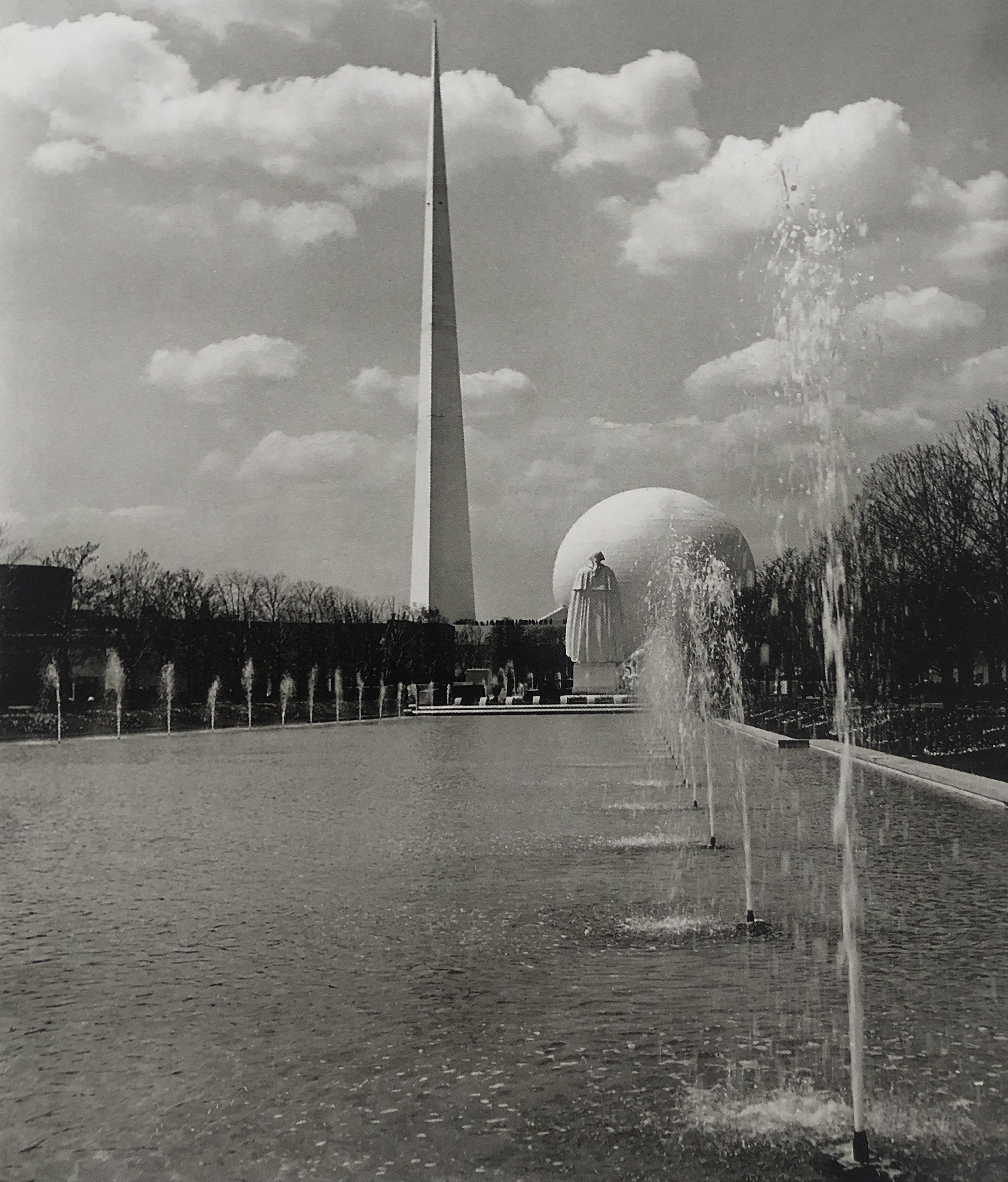
Ernest Nash, New York, World’s Fair 1939, Constitution Mall, Trylon and Perisphere (© Bildarchiv Ernest Nash, Goethe-Universität, Frankfurt am Main). 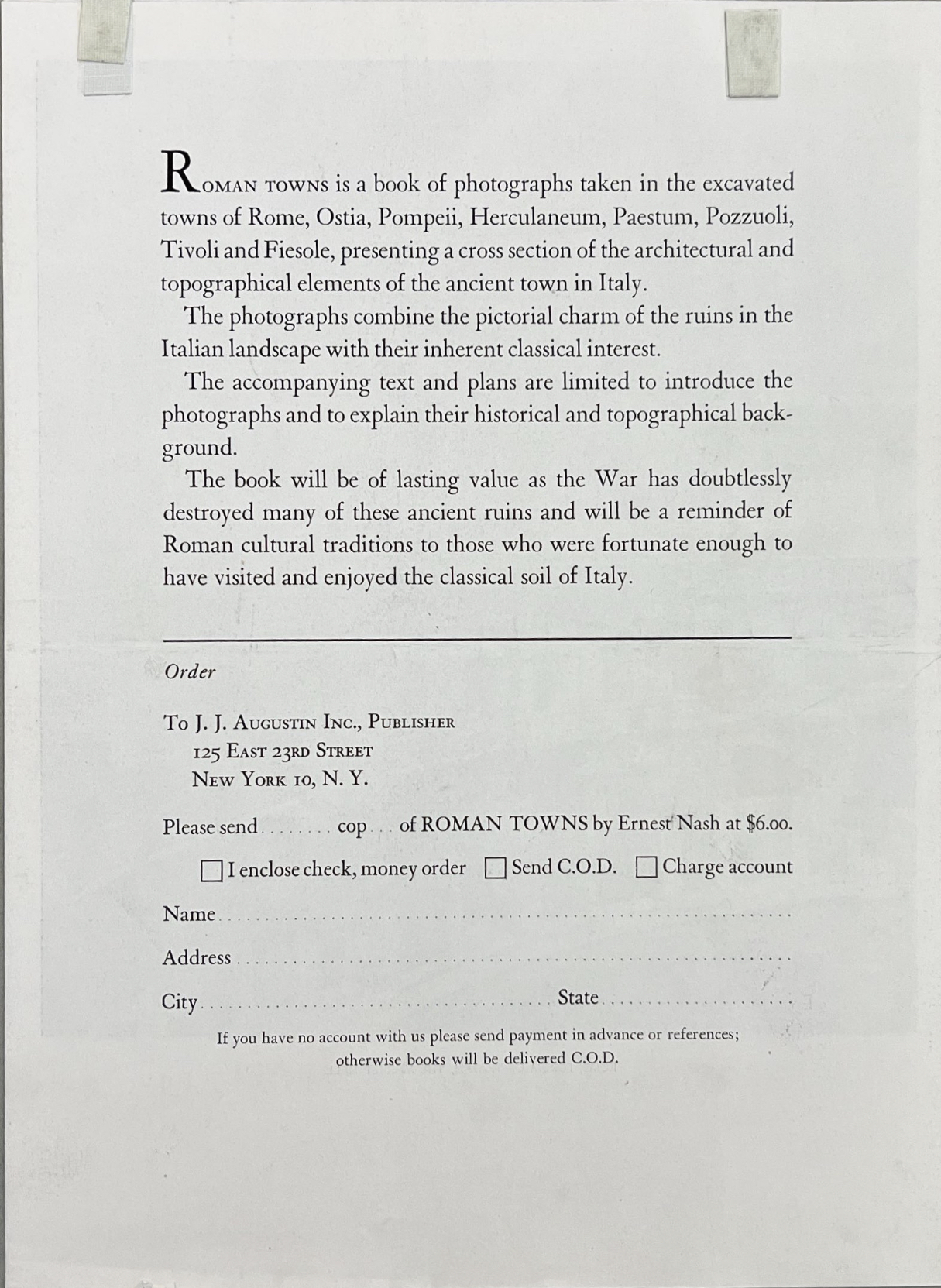
Information by J.J. Augustin about the new release of Roman Towns by Ernest Nash (J.J. Augustin, 1944). Anonymus. "Prof. Ernest Nash." The New York Times, May 19, 1974, p. 59.
Alföldi, Maria R., and Margarita C. Lahusen, editors. Ernest Nash – Ernst Nathan: 1898–1974; Photographie Potsdam, Rom, New York, Rom. Nicolai, 2000.
Ciuffa, Lavinia. "The Ernst Nash - Fototeca Unione Collection and the Project. The Urban Legacy of Ancient Rome." VRABulletin, vol. 46, no. 1, 2019, Article 2. Accessed 15 November 2021.
Nash, Ernest. Roman Towns, J.J. Augustin, 1944.
Word Count: 79
Rome, Italy (1936–1939); New York, US (1939-1956); Rome, Italy (1956–1974).
West 93rd Street, New York (April 1939–July 1939); 420 Riverside Drive, New York City (July 1939–1956).
- New York
- Helene Roth. "Ernest Nash." METROMOD Archive, 2021, https://archive.metromod.net/viewer.p/69/2948/object/5138-10310898, last modified: 04-07-2022.
-
Walter SandersPhotographerNew York
Walter Sanders was a German émigré photographer. In 1938 he arrived in New York, where he worked from 1939 until the end of his life for the Black Star agency and, from 1944, for Life magazine.
Word Count: 33
Erika StonePhotographerNew YorkErika Stone is a German émigré, who moved to New York with her parents and sister in December 1936, at the age of 12. She went on to carve out a career as photographer.
Word Count: 32
Rolf TietgensPhotographerEditorWriterNew YorkRolf Tietgens was a German émigré photographer who arrived in New York in 1938. Although, in the course of his photographic career, his artistic and surrealist images were published and shown at exhibitions, his work, today, is very little known.
Word Count: 39
Ruth StaudingerPhotographerCinematographerArt dealerNew YorkVery few and only fragmentary details can be found on the German émigré photographer Ruth Staudinger, who emigrated in the mid-1930s to New York City. Her nomadic life was also characterisedd by several changes of name along the way.
Word Count: 40
Carola GregorPhotographerSculptorNew YorkThe German émigré photographer Carola Gregor was an animal and child photographer and published some of her work in magazines and books. Today her work and life are almost forgotten.
Word Count: 30
Trude FleischmannPhotographerNew YorkTrude Fleischmann was an Austrian-Jewish portrait and dance photographer who emigrated in 1939 to New York, where she opened a studio in Midtown Manhattan with the photographer Frank Elmer.
Word Count: 28
New York World's Fair postcard View of the Constitution Mall looking toward statue of George Washington and Trylon and PerispherePostcardNew YorkShortly after the arrival in New York in 1939, photographs by the German émigré Ernest Nash were used and reproduced for postcards of the New York’s World’s Fair.
Word Count: 29
J.J. Augustin Incorporated PublisherPublishing HouseNew YorkJ.J. Augustin was a German publishing house in Glückstadt with a long history, going back to 1632. In 1936 the American branch opened in New York with a large artistic and cultural focus.
Word Count: 33
Hermann LandshoffPhotographerNew YorkBesides outdoor fashion shots, Hermann Landshoff was a portrait and street photographer. During his time in New York, he captured the cultural, artistic and intellectual émigré scene as well as his photographer colleagues.
Word Count: 33
Andreas FeiningerPhotographerWriterEditorNew YorkAndreas Feininger, was a German émigré photographer who arrived in New York with his wife Wysse Feininger in 1939. He started a lifelong career exploring the city's streets, working as a photojournalist and writing a large number of photography manuals.
Word Count: 39
Alexey BrodovitchPhotographerArt DirectorGraphic DesignerNew YorkAlexey Brodovitch was a Belarus-born émigré graphic artist, art director and photographer who, from 1933, worked in New York for Harper’s Bazaar magazine and at the New School for Social Research.
Word Count: 31
Lilo HessPhotographerNew YorkThe German émigré Lilo Hess was an animal photographer working for the Museum for Natural History and the Bronx Zoo, as well being a freelance photographer and publisher of children's books.
Word Count: 31
T. Lux FeiningerPhotographerPainterNew YorkLux T. Feininger was a German-American émigré photographer and painter and the brother of the photographer Andreas Feininger, arriving in 1936 in New York. Although he started taking photographs during the 1920s in Germany, Feininger is better known for his career as a painter and his photographic work is largely unacknowledged.
Word Count: 50
Thames & HudsonPublishing HouseLondonThe emigrants Eva Feuchtwang (later Eva Neurath) and Walter Neurath founded the Thames & Hudson publishing house in 1949, which published art history books, photo books and collection catalogues.
Word Count: 28